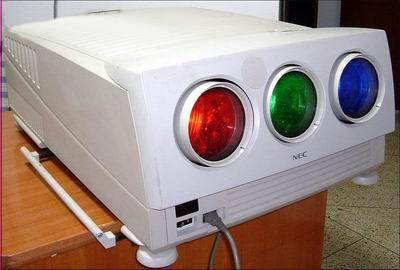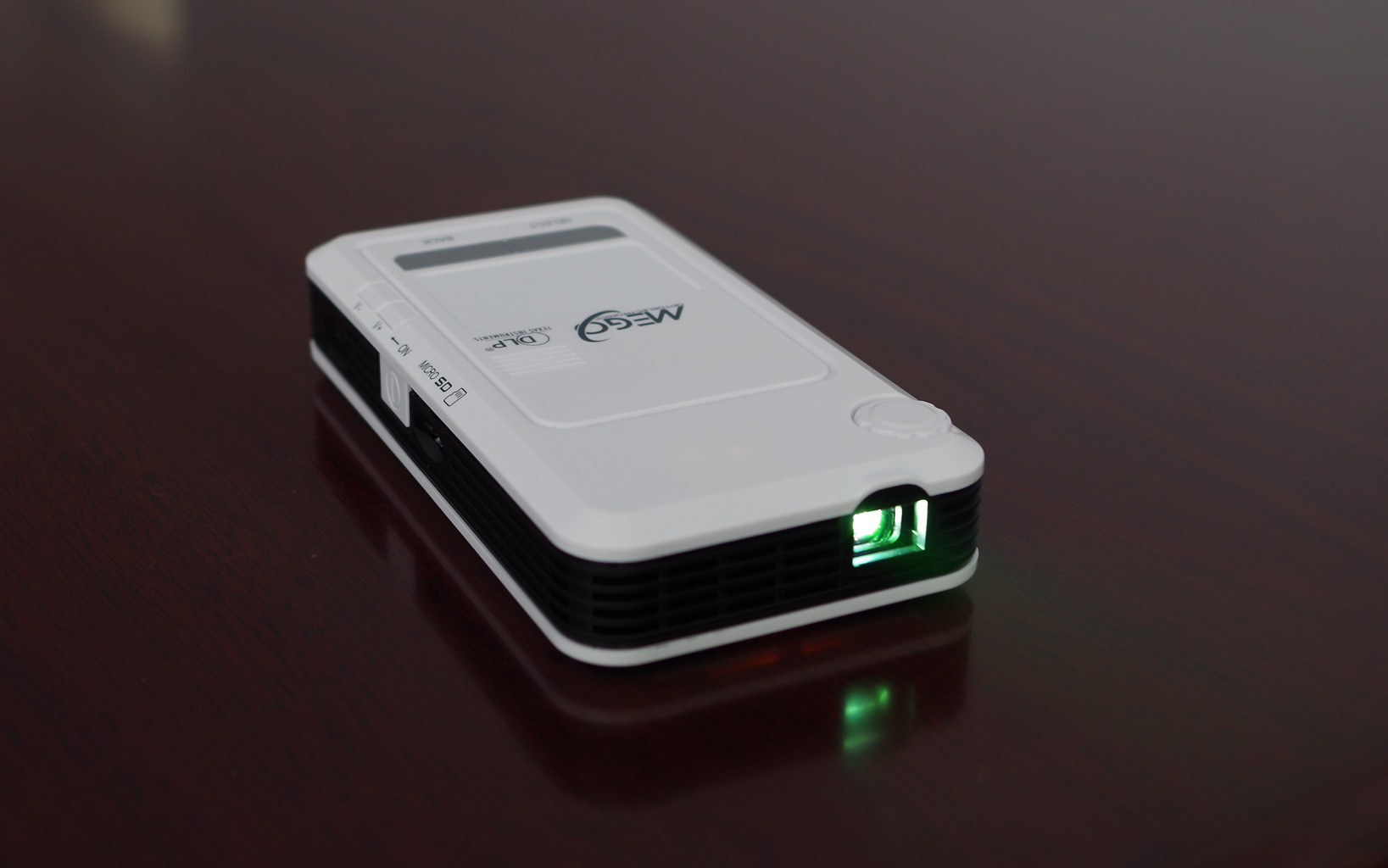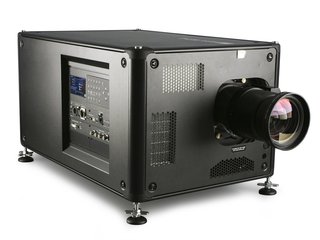Projectors can be divided into the following categories according to different working principles.
1.CRT projector: CRT (Cathode Ray Tube) cathode ray tube
2.LCD projector: LCD (Liquid Crystal Display)
3.DLP projector: DLP (Digital Light Processor)
4.LED projector :Light Emitting Diode
5.Laser projector:Laser beam to transmit the picture
The CRT projector decomposes the input signal source onto the phosphor screens of three CRT tubes, R (red), G (green), and B (blue). Under high voltage
the illuminating signal is amplified and concentrated, and the color image is displayed on the large screen.

The LCD projector is passively illuminated for imaging, and its core component is an LCD liquid crystal panel.
Mainly divided into two types of liquid crystal panel projectors and liquid crystal light valve projectors.
Liquid crystal is a substance between liquid and solid. It does not emit light by itself. The working property is greatly affected by temperature. Its working temperature is -55 °C to +77 °C.
The projector utilizes the photoelectric effect of the liquid crystal, that is, the arrangement of the liquid crystal molecules changes under the action of the electric field,
affecting the transmittance or reflectance of the liquid crystal cell, thereby affecting its optical properties, and producing images having different gray levels and colors.
The liquid crystal panel projector imaging device is a liquid crystal panel, and the external light source metal halide lamp and UHP (cold light source) are passive projection methods.
According to the number of LCD panels, LCD projectors can also be divided into three-chip and single-chip microcomputers.
The liquid crystal projector is further divided into a liquid crystal panel projector and a liquid crystal light valve projector. The LCD projector we usually say is the LCD panel projector.
The DLP projector is an all-digital reflective projection technology.
Its characteristics:the first is the digital advantage. The adoption of digital technology increases the gray level of the image, the image noise disappears, the picture quality is stable, and the digital image is very accurate.
Second is the advantage of reflection. The application of the reflective DMD device greatly improves the total light efficiency of the imaging device, and the contrast brightness uniformity is excellent.
DLP projectors have high definition, uniform picture and sharp color. The three-chip machine can achieve high brightness and can be zoomed at will. It is very convenient to adjust.
The LED (Light Emitting Diode) is also known as light-emitting diode.
This technology has been applied to display for a long time.Display and lighting areas. Its main body is an electroluminescent semiconductor material.
A forward voltage is applied across it. The current flows from the anode of the LED to the cathode.
The semiconductor crystal emits light of different colors from ultraviolet to infrared. The stronger the current, the stronger the illumination.
The principle of LED illumination is different from traditional UHE and UHP bulbs. It does not generate a lot of heat during the illumination process, so the lifetime can reach more than 10,000 hours.

The Laser projectors use a laser beam to transmit the picture.
Among them, the optical components of the laser projector are mainly composed of a red, green and blue light valve, a combined X prism, a projection lens and a driving light valve. There are red, green and blue lasers in the laser projector.
After the laser is expanded in the machine through the corresponding optical components and processing chips, it is transmitted to the X prism to integrate the three lasers, and then the integrated laser is transmitted by the projection objective to the projection screen to complete the entire laser projector display process.









